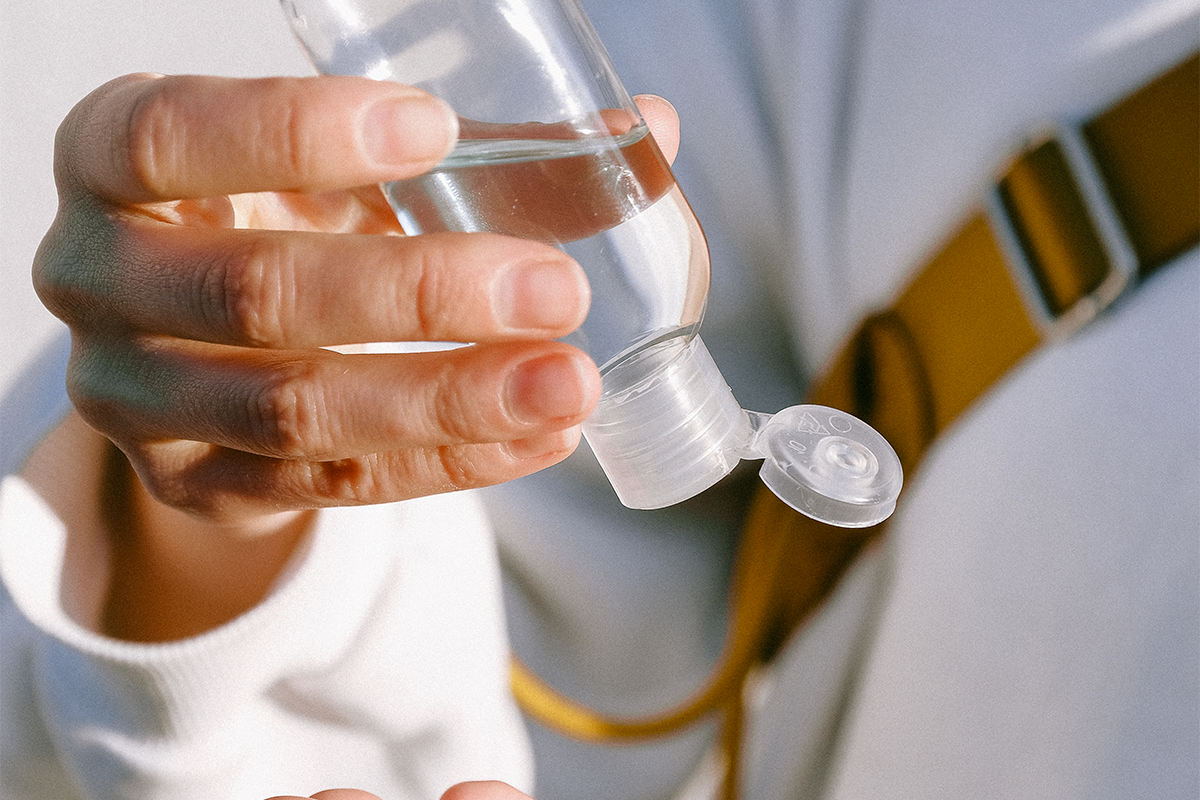How Quality Control Is Done in the Pharmaceutical Industry
There’s a lot at stake in the pharmaceutical manufacturing sector. Unsafe drugs and treatments can endanger the lives of your patients and draw the attention of strict regulators. That’s why quality control matters so much in this industry, and the most successful facilities spare no expense to make sure their staff are prepared for the meticulous QA checks involved.

Why Quality Control in the Pharmaceutical Industry Matters
It’s up to pharmaceutical production facilities to make sure that the products they release are both safe and effective. This way, they can stay compliant with the regulations of the industry, ensure the well-being of their patients, and build up their reputation in the market.
Quality control goes beyond just checking the finished product, though that step is certainly important. Pharma companies must consider every aspect of quality control, from verifying the quality of the raw materials going into the process, the production steps that may change the makeup of those materials, and ensuring that standard operating procedures have been followed in every step until the final product ships out. It is also important for employees who work in pharmaceutical industry to have basic GMP training for QC laboratories, and be familiar with the cGMPs and other regulations as they impact quality control labs.
Related: Learn more on the importance of pharmaceutical quality assurance.
Why It’s Important To Check Pharmaceutical Raw Materials For Quality
Much like in other manufacturing industries, the quality of pharmaceutical output relies greatly on the quality of the raw materials put into the process. That’s why quality control procedures must be implemented from the very beginning, where the suppliers provide the components, materials, and other supplies that contribute to the final product.
Monitoring your pharmaceutical raw materials can be done in many ways, and it’s up to the QC department to make sure defective units don’t move on to production.
- Safety: The obvious first consideration is whether the raw materials will be safe for consumption. For instance, are they known to cause allergies in those who are allergic to certain medications? Do they contain known carcinogens?
- Compatibility: While raw materials might be safe by themselves, how will they react through different manufacturing stages, and what effects will they have in the final product? Understanding these mechanisms can be challenging, so it’s more important than ever to screen your raw materials and have quality control methods in place applicable to each manufacturing stage.
- Supply chain availability: How much of the raw material does your supplier have in stock. In the event that the availability runs out, are you able to procure a replacement?
- Vendor reliability: In the same vein, look at the reputation of the supplier and whether it’s had a history of positive experiences with other medical companies.
- Tracking alterations: Make sure there’s a clear avenue of communication between you and the vendor. If any changes are made to your production process or the materials themselves, you want to ensure they don’t negatively impact product quality. For instance, a new method of packaging could change the materials while they’re in transit.
Medical resources can be derived from a wide variety of sources, from plant material to organic matter and even synthetic production lines. Pharmaceutical quality control involves an understanding of complex production processes and the dependencies of multiple raw materials.
What Types of Raw Materials Are There?
One of the most important raw materials is known as the API — or active pharmaceutical ingredient. These are the components of the final product that contribute to its intended effect, whether it’s to lower blood pressure or relieve a fever.
It’s worth noting that some active ingredients only show up during the production timeline, with intermediaries existing prior. It sometimes takes multiple combinations of chemical reactions to achieve the desired effect.
But drugs are almost never purely active ingredients. Other components known as excipients are also added to achieve other important functions, such as:
- Keeping the materials bound together
- Ensuring shelf stability
- Making consumption of the drug easier
Quality control must apply to both APIs and excipients, as either may be potentially dangerous if the right QA procedures are not conducted. For instance, some patients are allergic to sulfites used in some pharmaceutical products.
Ensure the Pharmaceutical Quality Control’s Supply Chain Process Goes Smoothly
Screening for quality issues throughout the pharmaceutical manufacturing process helps ensure that the raw materials conform to your standards and that your final products are free of impurities and work as intended.
The job of the QC department is a vital one, and quality control teams need biotech quality assurance training to undergo the right QC procedures.
If you’re interested in certification courses for the medical industry, CfPIE offers coursework in quality control for pharma and biopharma organizations. Talk with us today to schedule your first Quality Assurance/Quality Control for Biologics and Biopharmaceuticals courses.
Blog Categories
Stay Informed


